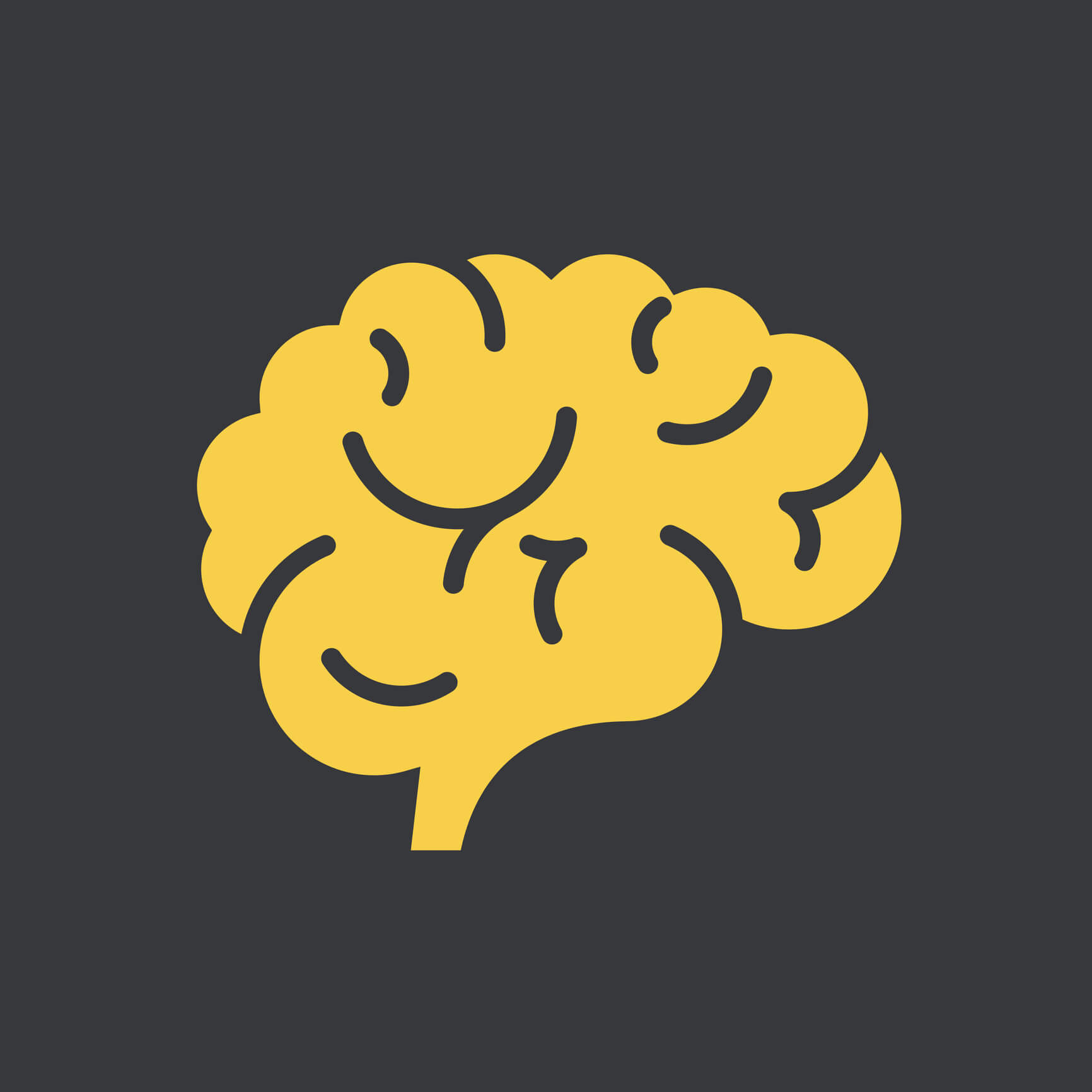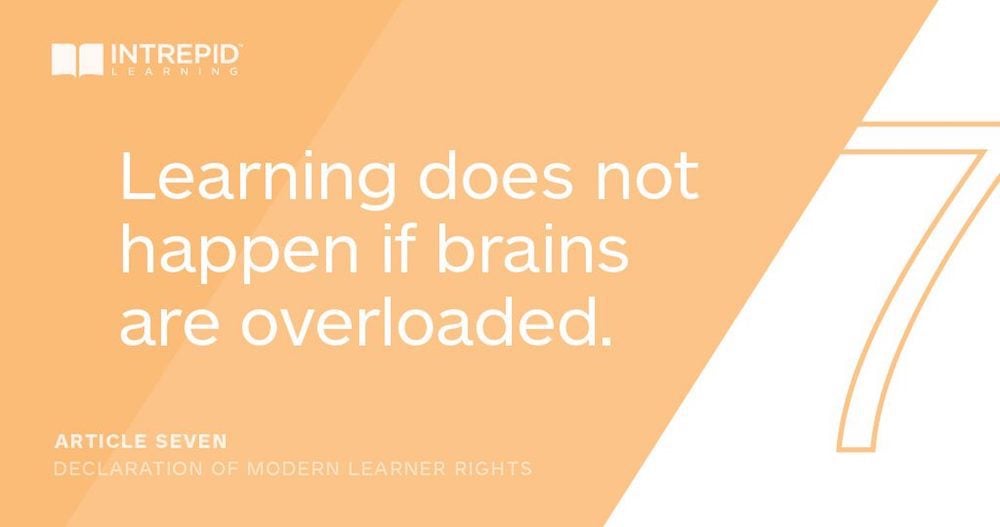
In the evolving learning and development environment in workplace learning, staying aware of cognitive science and effective training theories is essential. The 7th Modern Learner Right is based on cognitive science and is all about not overloading people’s brains. It makes a good pair with Learner Right #10, which is “no one involved in designing tech-enabled corporate learning shall forget that people are at the heart of it.”
Put together, that means let’s design learning for people—and that means designing for how people learn. This blog provides a quick overview of the AGES Model as a learning and development theory, which can enhance long-term learning outcomes and cater to diverse learning styles of employees in the workplace.
What is the AGES model?
The AGES model, a training theory developed by the NeuroLeadership Institute, is based on Attention, Generation, Emotion, and Spacing. It offers a structured framework for implementing effective training programs that fuel quick, long-term learning.
In other words, get a learner’s attention. Allow them to generate their own original insights. Leverage their emotions. And space it out.
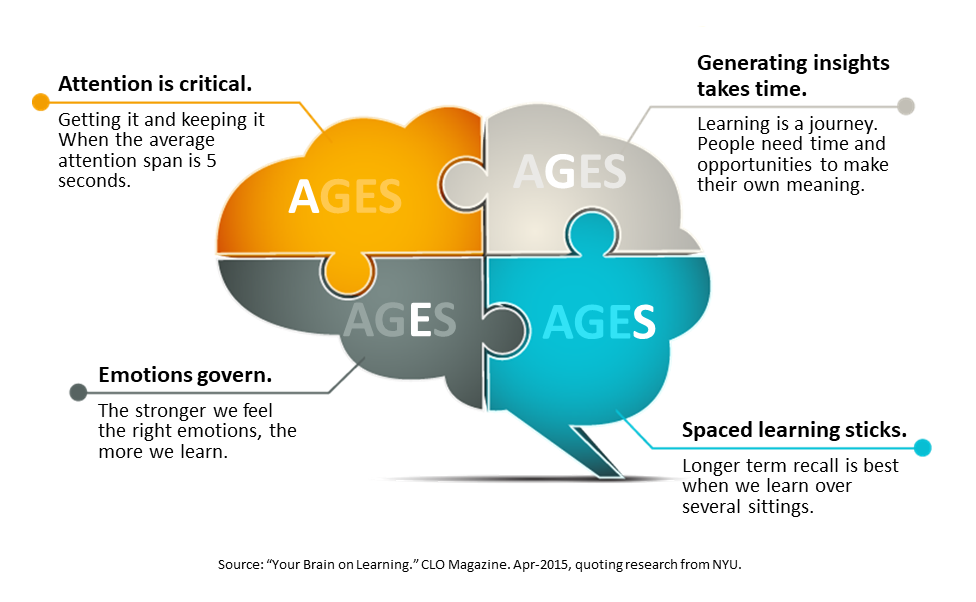
Capturing attention
So let’s talk first about getting and keeping people’s attention. People only learn and retain information when you have their attention. One of our favorite resources for that is the book Contagious: Why Things Catch On by Jonah Berger. He studied the most popular New York Times articles and came up with the reasons content goes viral—i.e., gets people’s attention.
Consider a blended learning experience of various techniques to keep a learner’s interest and curiosity peaked throughout the training process, such as collaborative, cohort-driven, semi-synchronous programs. A blended macro-learning journey can be enhanced through a mix of micro-learning assets like video, audio, documents, links, and more. This mix of modalities can keep the experience interesting and engaging.
Cultivating insight
Generating insights. One of the things we love about learning experiences designed on Intrepid is that people have an opportunity to absorb a little bit of content, stop and think about it, reflect on their own personal experience (and review the experiences of others), and then articulate their own original insight. When people can generate their own insights, they learn, develop a better understanding, and retain information.
Incorporate collaborative learning activities as part of your workplace learning strategy so employees have a way to discus and share their experiences and thoughts. Not only does this keep them engaged as well, but also cultivates a culture of continuous learning and knowledge exchange.
Emotional learning dynamics
Emotions rule. A good resource for this one is Dan Ariely’s book, Irrationally Yours. It’s a really good book and is about how we make decisions with our emotional brains and we justify them with our rational brains. So, if you want to be able to capture people’s emotions and leverage them strategically, it’s important to understand the emotions that can arise when the learning process is taking place.
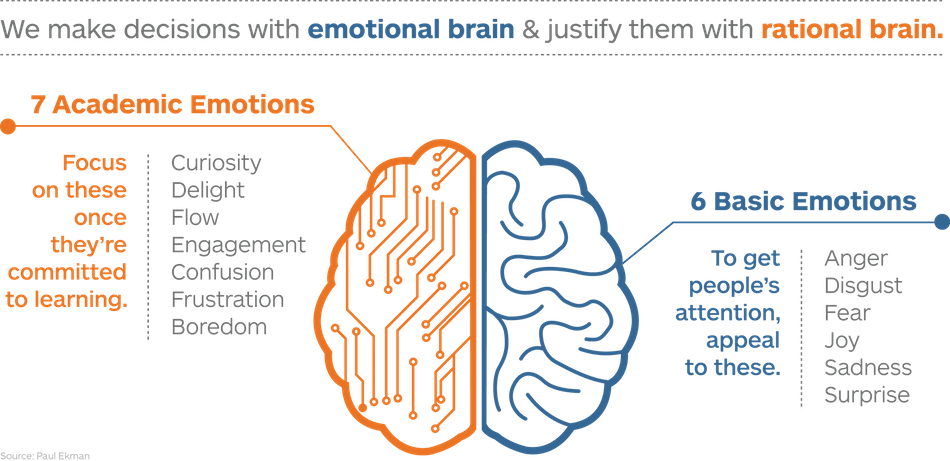
Some emotions are good for getting people’s attention, but when people are already committed to learning, you want to focus on their academic emotions. Workplace learning should be tailored to tap into emotions conducive to learning, like curiosity, delight, and flow. Try not to overwhelm learners with negative emotions like frustration or boredom.
Structured spacing for long-term learning
And the last thing is Spacing. Oftentimes in self-directed learning programs, all the content is put out there at once without any structure at all. More often that not, as is human nature, we found that people just waited until the very end and then crammed it in all at once—and cramming doesn’t work. Spacing does for long-term workplace learning that can be retained and applied on the job. (Check out Will Thalheimer’s work on research into spaced learning).
A suggestion here is to create a time-released learning experience that distributes content over time, encouraging regular and consistent learner engagement as opposed to last-minute cramming. Strategies can also include spaced quizzes, automated email reminders, and ongoing projects or missions to participate in to reinforce key concepts and skills.
And that’s a quick overview of the AGES learning model. Check out the noted resources for more information and try applying new ideas to your own learning design. While always keeping the Articles of the Declaration of Modern Learner Rights in mind, naturally.
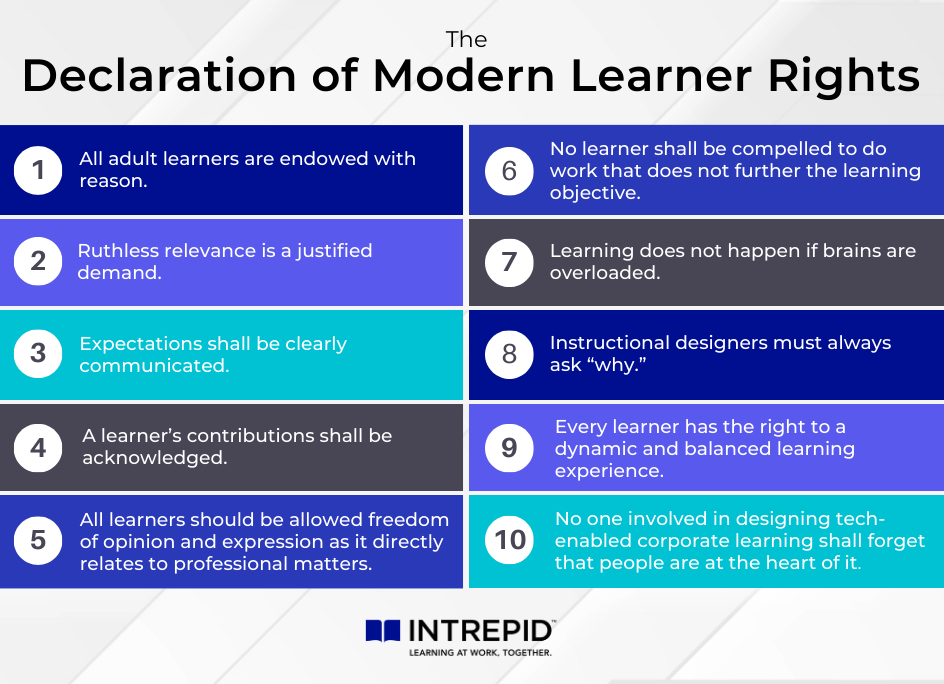
Summary: Applying the AGES model to workplace learning
The AGES Model, which stands for Attention, Generation, Emotion, and Spacing, provides a training theory framework for designing workplace learning programs with employee learning styles and science in mind. By understanding the principles around the AGES model and aligning them with theories of training and development, organizations can:
- Help employees learn quickly.
- Improve employee knowledge retention.
- Boost skill development.
- Maximize the long-term impact of L&D initiatives.
Cohort learning can enhance the effectiveness of the AGES learning model by providing a structured, collaborative, and emotionally engaging environment for workplace learners. To see how cohort learning can promote active participation, knowledge sharing, and spaced learning experiences to create more impactful business outcomes, chat with a learning advisor today!
Frequently asked questions about the AGES model
What is the AGES model?
The AGES model (Attention, Generation, Emotion, Spacing) provides a framework for building successful training initiatives that promotes rapid learning and long-term retention of knowledge.
What are the four components of the ages model for learning?
The AGES model for learning, developed by the NeuroLeadership Institute, is comprised of four key components: Attention, Generation, Emotion, and Spacing.
